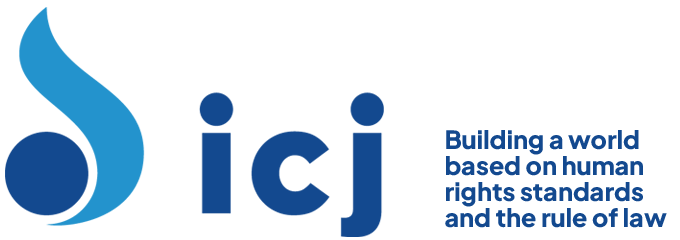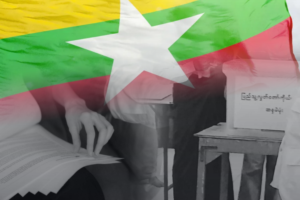III. Normative and institutional framework
A. The legal framework for the protection of human rights
18. With regard to discrimination, Austria has adopted a number of laws associated with different procedures and institutions. The 1979 Equal Treatment Act was revised in 2004 and prohibits discrimination in working life on the basis of ethnic origin, religion, age, gender and sexual orientation. It also proscribes discrimination on the basis of ethnic origin in the fields of social protection and benefits, education, and access to public goods and services including housing. However, the Act does not apply to the provisions and conditions governing the entry of third-country nationals or stateless persons or their residence or to any treatment resulting from the legal status of third-country nationals or stateless persons. In 2006, Austria adopted the Equal Treatment for Persons with Disabilities Act, prohibiting direct and indirect discrimination against persons with disabilities. Although a number of relevant regulations have been adopted, the fragmented legal framework on non-discrimination does not provide a coherent and comprehensive basis for combating discrimination in Austria, as observed by the Committee on the Elimination of Racial Discrimination in 2008.{{12}}
C. Institutions of redress and relief
38. The Equal Treatment Commission was established in 1979 to deal with gender-based discrimination in employment. Its mandate was expanded in 2004 to monitor issues relating to discrimination under the amended Equal Treatment Act. The Commission deals with both general questions and individual cases of discrimination. If it finds discrimination, it recommends actions to combat it. The Commission’s rulings are not binding, however. The Commission’s three Senates deal with equal treatment employment irrespective of gender; equal treatment in employment irrespective of ethnic origin, religion, belief, age or sexual orientation; and equal treatment irrespective of ethnic origin in other areas.{{32}} Discrimination against non-nationals falls outside the Commission’s remit.
39. In 2005, Austria established three bodies to assist the Commission: the Ombud for Equal Treatment in employment irrespective of gender, the Ombud for Equal Treatment in employment irrespective of ethnicity, religion or belief, age or sexual orientation in employment, and the Ombud for Equal Treatment irrespective of ethnicity and gender in other areas. The Ombud for Equal Treatment provides legal support to the victims of discrimination and brings cases to the Equal Treatment Commission, which is the decision-making body. The Ombud for Equal Treatment has no competence to participate in Court proceedings as a third party and has limited human and financial resources.{{33}}
Link to full text of the report: Report-SRCultural-Austria-2012-eng
[[12]]12. CERD/C/AUT/CO/17, para. 12.[[12]]
[[32]]32. http://bka.gv.at/site/6814/default.aspx.[[32]]
[[33]]33. See: CERD/C/AUT/CO/17, para. 13.[[33]]




